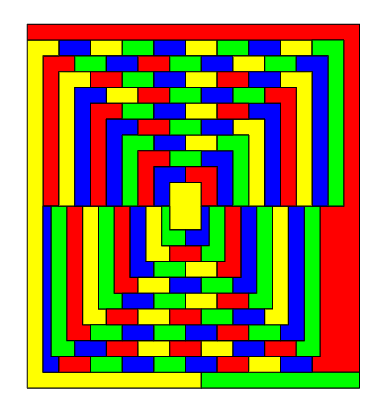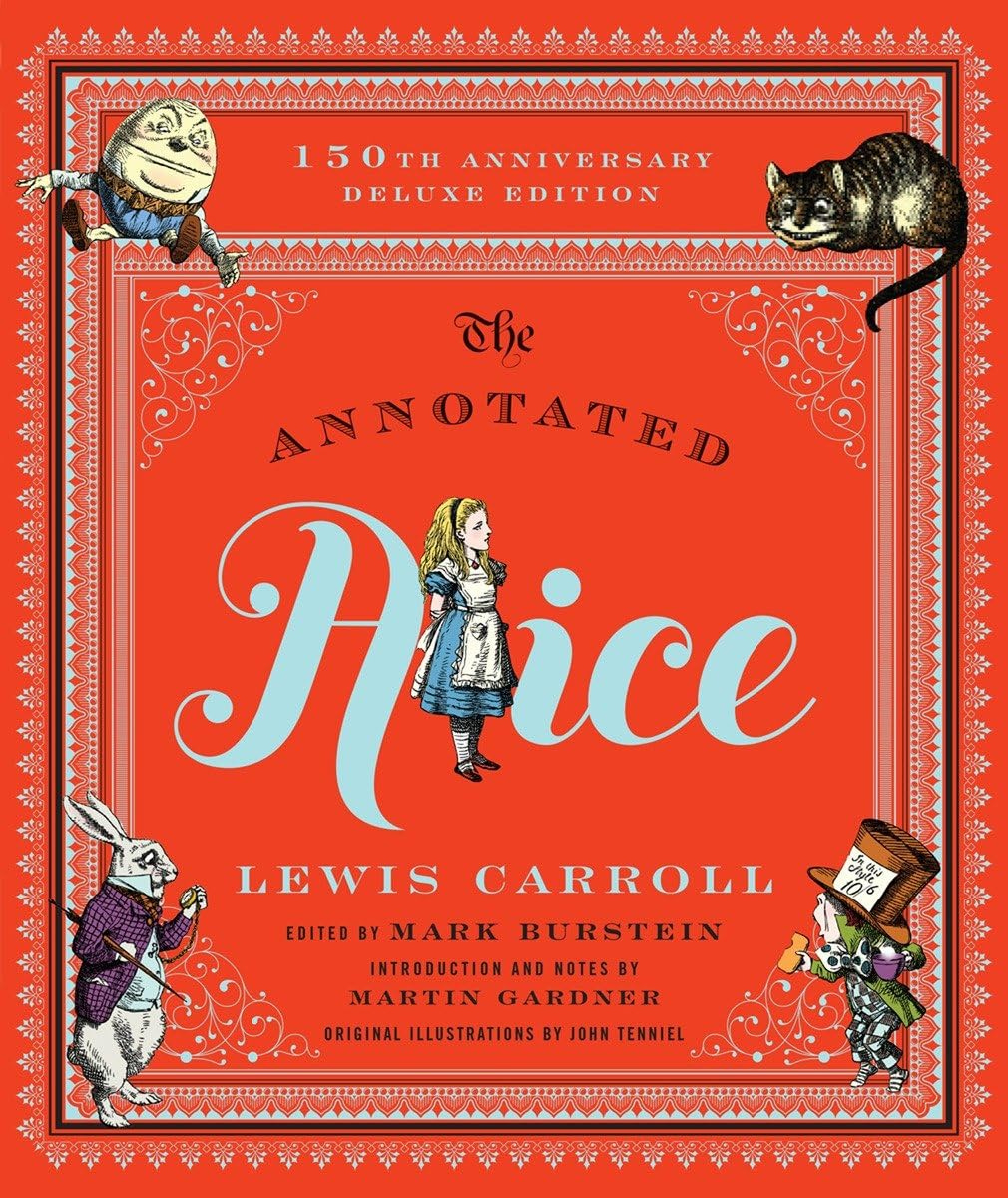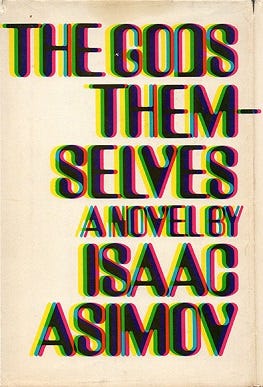First, a pic of two guys (and my kids) who I love: Stu (the STU part of STUMP) and his dad, Mike… plus Stu’s & my kids, from a couple years ago.
Here’s a much older picture of my step-dad (it’s Grandpa!) with our son:
Yeah, Grandpa is a little fuzzy there.
My own dad died when I was 16, which I do mention from time to time… and yes, his unnaturally early death did kind of influence me in my interest in life insurance and mortality trends.
BUT!
My dad had other influences on me! Not just his death!
But first, a piece of art from the Met:
My Dad’s Influence on Me: Love of Learning and Life
This is a re-run from 2018:
My dad died when I was 16, but even before that, he had a huge impact on all sorts of things I thought about as a kid… and even think about now.
I still have those books in my library upstairs.
The original copy of Godel, Escher, Bach he gave me in the 1980s fell apart from me reading it “too much”, but I have bought three additional copies…. (I really like GEB… and the additional copies are not all in great condition).
I talked about three authors:
Douglas Hofstadter
Isaac Asimov
Martin Gardner
I misspoke about the intransitive dice. You can always pick a die that usually beats the one the other picks (that is, has a greater than 50% chance of winning.) Not that it always wins.
That said, Martin Gardner did describe a card game where hand A beats hand B beats hand C beats hand A. That one is trickier….
One of the fun things about Martin Gardner, who always declaimed he wasn’t a mathematician, and John Conway, who definitely was a mathematician, is that they did “recreational math”, but that’s discrete math or finite math which has been very consequential for computer science.
Gardner probably didn’t develop much new math himself, but he described and communicated so many interesting concepts to a wider audience, that he created more mathematicians than any other academic mathematician, other than possibly John Conway.
More about the books
Some links and additional words, adapting from my 2018 post.
I have a funny story about one of Gardner’s books – my youngest sister had to report on the 4-colo(u)r theorem. So she went to her math-expert oldest sister (me) — I said that the only thing I had was in this one Gardner book, but… (and this is where she tuned her lecturing sister out)…it’s an April column, so everything in the column is false or a joke. I told her to read the appendix/footnotes to get the accurate information. She did not do that.
Well, that April Fool’s column (originally from 1975) by Gardner had a supposed counterexample to the 4-color theorem in its jokey body. Here it is:
As part of her presentation, my sister made copies of that and handed it out to the class.
So another girl in the class remembered that the four-color theorem had been proved. How can there be a counterexample?
She broke out her colored pencils and dang if she didn’t 4-color the map (yes, the 4-color theorem has been proved, but that doesn’t mean it’s trivial to 4-color a complicated map). Here is a 4-coloring:
Anyway, yadda yadda yadda, I told my sister to listen to everything I say next time, and that you really need to read carefully. (Because the appendix/footnotes had comments about the bogosity of it all, and had serious comments about the proof of the theorem, etc.)
There are loads of Martin Gardner books, so here are a few I highly recommend to newbies:
Aha! Insight — adapted from an obvious filmstrip format, it’s about some very simple-to-understand mathematical/logic concepts. It inspired my original Meep’s Math Matters videos. Aaaaall the way back 16 years ago.
Fads and Fallacies in the Name of Science — some of the items in this book, originally published in the late 1950s, are of an amusing sort “Oh they were so quaint back then”, but if you pay attention, you can extend the exposure of these idiocies to current stupidities, like anti-vaxxers. This, along with James Randi’s Flim Flam! inspired my general skepticism about grand claims… like POBs are free money. This has a connection to my interest in frauds.
Hexaflexagons, Probability Paradoxes, and the Tower of Hanoi – I had to pick one of his compilation books – there are loads of them. I’ve read many of them, but I decided to pick hexaflexagons, etc., because you can make them and play with them! The one thing I haven’t done yet from his books that I wanted to was his game-playing matchbook machine. (I am thinking of just coding it, but a physical system is a lot more fun.)
The Annotated Alice – this is a bit of a cheat, but it’s a gorgeous book, and you should get it.
Finally, Isaac Asimov. Well, he was very prolific, too. I already talked about the Foundation series, but several other classics are good starting points for reading Asimov. Asimov’s fiction is plot/problem-driven…except when the point is a punchline (and don’t worry – if he’s doing that, it’s a short story.)
First, I, Robot, which is a collection of short stories. It gives the “Three Laws of Robotics” which drives all the problem plots. The reason it is a classic is that there is that structure of those Three Laws, and showing how they can go wrong. There is a loose structure/connection between the stories, but it’s mainly about the Three Laws.
Second, The Caves of Steel, which does intersect with the Three Laws, but is a murder mystery a la Agatha Christie – he does story construction very similar to Christie, and his style is just as transparent. It’s about someone who is murdered…. and it seems that a robot may have murdered the person.
Third, The Gods Themselves. This is a standalone novel, and really my favorite. I really loved the concept behind this one…it involves parallel universes, and some other interesting ideas.
Fourth, Buy Jupiter — one of the compelling aspects of Asimov is his humor. It’s a lot of wordplay more than “that’s what humans are like” humor. This short story collection has some really amusing pun-ch-lines. Not every story in here is based on a pun… but be warned by the book’s title.
If You Can’t Save Your Dad from Troy, Call Him… (or Pray for Him)
One last artwork
Happy Father’s Day!












